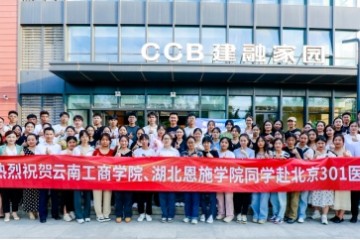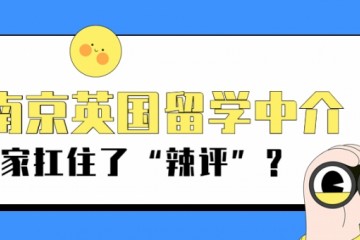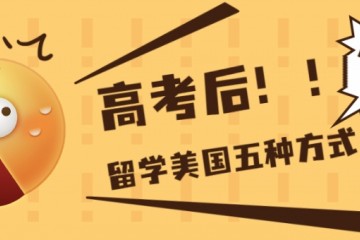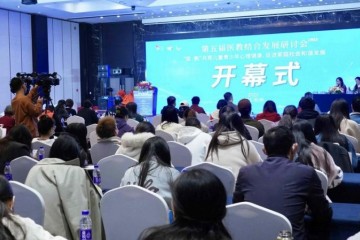
Option 1: upright sitting
挑选一:挺立规矩地坐着
This is probably the posture you think of as “good” posture. The defining feature of this option is that the trunk is upright.
这很可能是你所认为的“杰出”坐姿。这种坐姿的标志性特点是后背直直的。
A key component of upright sitting is that the feet can comfortably rest on a surface, whether the floor or a footstool. This position also makes it easy to adjust posture within the chair (fidget) and change posture to get out of the chair.
规矩坐姿的一个要害要素是双脚能够舒畅地放在平面上,无论是地板仍是脚凳。这一姿势能够让你轻松地在椅子里调整坐姿(能够动来动去),也便利你改动姿势然后能够从椅子上站起来。
It’s also important the arms hang down from the shoulders vertically with elbows by the trunk, unless the forearms are supported on the work surface. Holding unsupported arms forward requires the muscles connecting the shoulder and neck to work harder. This often results in muscle fatigue and discomfort.
相同重要的是,臂膀要从肩部垂直地垂下,手肘靠在身子周围,除非前臂搁在作业台上。把没有支撑的臂膀放在身体前面需求联合膀子和脖子的肌肉更用力,这一般会导致肌肉疲惫和不适。
The head should be looking straight ahead or a little downwards. Looking upwards would increase tension in the neck and likely lead to discomfort.
头应该直直地向前看或略微向下看。向上看会添加颈部的紧张感,也简单引起不适。
This posture is useful for common office tasks such as working on a desktop computer.
这一坐姿适用于一般的办公室作业,比方在台式机前作业。
Option 2: forward sitting
挑选二:身体向前倾的坐姿
The defining feature of this posture is that the trunk is angled forward, and the arms are rested on the work surface. Allowing the thigh to point down at an angle may make it easier to maintain an inward curve in your lower back, which is suggested to reduce low back stress.
这一坐姿的标志性特点是身体向前倾,臂膀靠在作业台上。让大腿以某个视点向下倾,能够更简单地让下背坚持向内曲折的姿势,听说这样能缓解下背部压力。
For a time, special chairs were developed to enable the thigh to be angled downwards, and usually had a feature to block the knees, stopping the person sliding off the angled seat base.
曩昔曾研宣布一种特别椅子,能让大腿的视点向下倾,并且一般带有阻挠膝盖的规划,阻挠座位上的人顺着歪斜视点往下滑。
By perching on the front of an ordinary chair and resting your elbows on the work surface, you can use this posture to provide variety in sitting. This posture is useful for tasks such as drawing or handwriting on a flat work surface, either with paper or a touch screen device.
坐在一般椅子的前端,把臂膀靠在作业台上,这样坐能够让你的坐姿更多样化。这种坐姿适用于在平面作业台上用纸或触摸屏设备画画、写字。
Option 3: reclined sitting
挑选三:靠着椅背坐
The defining feature of the third option is the trunk is angled backward, supported by the chair’s backrest. Back muscle activity is lowest in this posture, as some of the upper body weight is taken by the chair.
第三种坐姿的标志性特点是,身体向后倾,靠在椅背上。这样坐,后背的肌肉活动是最少的,由于上半身的一部分分量被椅子抵消了。
This position may reduce the risk of fatigue in the back muscles and resultant discomfort. But sitting like this for hours each day may result in the back muscles being more vulnerable to fatigue in the future.
这种坐姿能够下降背部肌肉疲惫和由此引发不适的危险。但每天接连数小时这么坐,可能会导致后背肌肉在未来更简单感到疲惫。
This posture is useful for meetings and phone conversations. But it doesn’t work well for handwriting or using a computer as the arms need to be held forwards for these things, requiring neck and shoulder muscle activity likely to result in discomfort.
这种坐姿合适开会和电话谈判,但不合适写字或用电脑作业,由于做这些事的时分臂膀要向前放,采纳这种坐姿完结需求颈部和膀子肌肉活动的作业会引发不适。
本文来历:中国日报网 责任编辑:郑娟_NQ0738

 筑梦起航,医路向前——中国新高教集团举办2024届毕业生赴中国人民解放
筑梦起航,医路向前——中国新高教集团举办2024届毕业生赴中国人民解放 南京英国留学中介筛选指南,谁家扛住了“辣评”?
南京英国留学中介筛选指南,谁家扛住了“辣评”? SOS ! 高考后申请美国本科来得及,但是这些事情你不能放过!
SOS ! 高考后申请美国本科来得及,但是这些事情你不能放过! 天津传媒学院无终艺术馆揭幕开馆
天津传媒学院无终艺术馆揭幕开馆 ACAA聚焦数字科技,为行业发展注入新活力
ACAA聚焦数字科技,为行业发展注入新活力 港澳台青年文化嘉年华在蓉举办
港澳台青年文化嘉年华在蓉举办 2023年度国考即将开考这些事项考生要了解
2023年度国考即将开考这些事项考生要了解 医教结合研讨会深度探讨孩子学习困难心理健康教育问题
医教结合研讨会深度探讨孩子学习困难心理健康教育问题